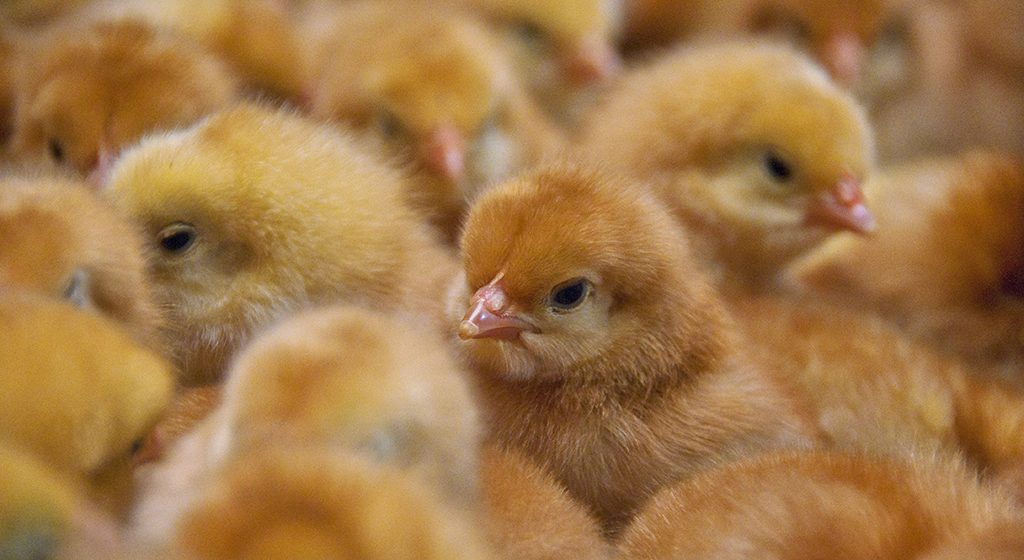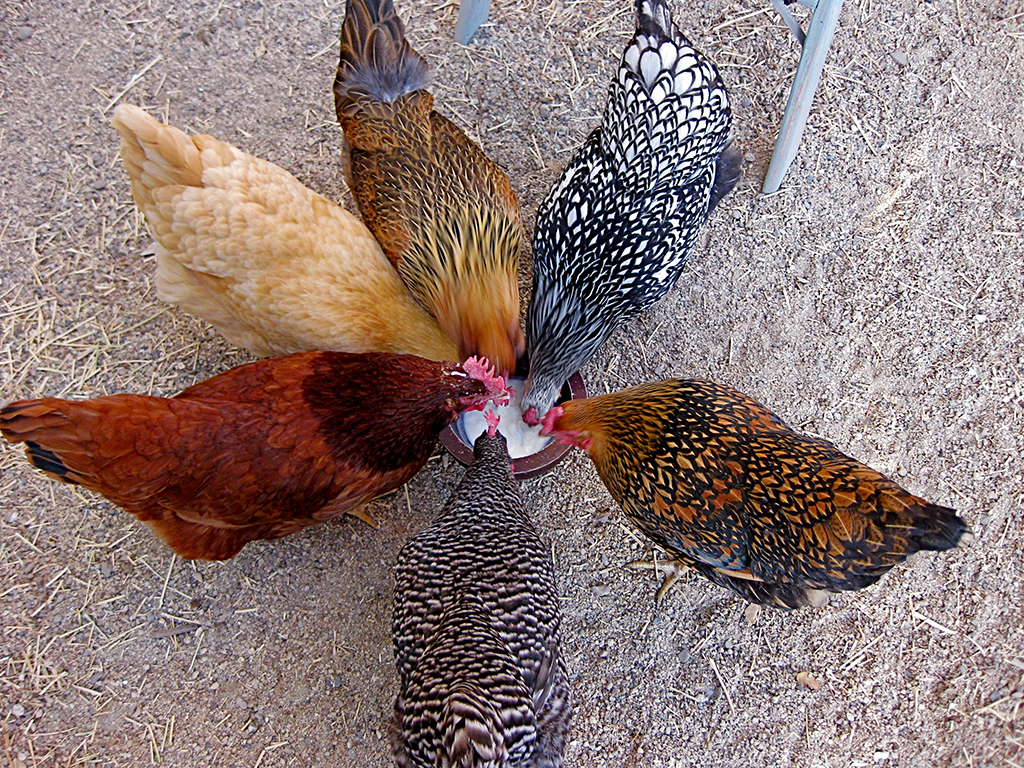
OVERVIEW
In the first 3 parts of our 8-part beginners guide we looked at finding out if we were ready to become chicken keepers, the costs, which breed would best suit your garden, where to buy them and the housing for the new flock.
In part 4 we are going to look at introducing baby chicks to their new home.
Settling the flock into their new home
Hatchlings need the cozy warm comfort of their mother hen. Usually, when you buy chickens from young they are but a few days old.
If you are looking for mostly hens it is best to buy already sexed chickens and they can cost a bit extra. But at least you will know for sure what the sex of your new little flock is.
Housing baby chicks/hatchlings
Your new hatchlings will need the comfort of brood hen in order to thrive and grow so you will need to have what is called a brooder ready for them.
A brooder offers an environment that mimics the safety, warmth and comfort offered by the mother hen.
Usually, they are a large cardboard box, equipped with a heat lamp and pine shavings on the bottom.
Whilst this is the cheapest way to set up your brooder it is not necessarily the best, healthiest or safest way to do so.
Pine shavings are not that good for the young chicks’ lungs and a heat lamp is really hard to control. It may even cause a reaction known as “pasty butt”. It has been linked to inconsistent heating in the brooder by the heat lamp. If you chickens do get it, you have to ensure you wipe the little bottoms at least twice a day with a clean damp cloth.
A better brooder is a large cardboard or wooden/plywood box and line the bottom with corn cob bedding. Corn cob bedding is readily available and quite cheap at most farm stall outlets as it is used to cover the flooring of stables. It is a lot healthier and easier on the baby chicks’ little lungs.
For an investment of around $80, you can get an “electric radiant-heat brooder”. This is a lamp that is a lot safer (it won’t burn your house down like the heat lamp could). This lamp keeps the temperature consistent and the chicks will run under it when they are in need of some warm comfort.
You will also need to get some waterers for the baby chicks and you can pick these up quite cheaply, little feeders and some chick starter feed. There are many different brands but if you are looking to invest in a chicken’s eggs and or meat it is best to go for the organic brans. There is not much price difference, but you will get the benefits from it in a healthier chicken, better quality eggs and or meat.
Once you have your chicks and they are all set up in their brooder you must ensure that it is in a safe enclosed space. A barn or shed is the best place to keep them as longs as it is completely covered and not drafty. It must also be well away from predators which include domestic pets such as dogs and cats.
Make sure that the brooder is kept nice, clean and pest-free as you do not want your little chicks getting sick or worse. Change their water and feed regularly as they can be messy little guys that tend to get their feed, water and even their poop all mixed together.
Attention and care
The more you gently handle and love your baby chicks the more used to you they will become.
That is to say, you do not need to smother them they do need their space as well.
But interactions and a bit of training from very young helps to form a bond with them making them easier to handle when they are full grown.
If the weather is nice outside when they are a few weeks old you can start to let them wander around with you. It is best to keep a vigilant eye on them at all times when they are so young. Especially if you have known predators such as hawks and cats about.
Moving them to their coop
For information on the best coops, runs, penned ranging and free-ranging see our articles we have to help you with this.
Your chicks are usually ready to be moved to their coop at around 5 to 6 weeks or when all their baby down has been replaced by their adult feathers.
For their first week or so it is always best to have a closed run, so they do not try to test their new wings and fly the coop.
For the first week, it is best to keep them confined to their coop and enclosed run to let them get used to their new home. Placing their feed and water in their new coop will help them realize that this is now the new safe home.
Free-Ranging the young chickens
If you are wanting to and your neighborhood regulations permit it, to free-range your chickens you can start to let them out for an hour or two each day after they have been confined to their coop for the first week.
You may find at first, they stay close to their coop but as they get braver they will wonder further.
Make sure that you herd them in at a certain time, so they slowly get used to going home.
Most chickens that are allowed to free-range will go home near dark to nestle into their cozy coop.
Changing over to adult chicken feed
Your chicks will need to be kept on their chick starter feed up to 8 weeks old. Thereafter they can go onto the adult feed.
Make sure your chickens are fed first thing in the morning especially if they forage about during the day. This will ensure they are getting a balance of nutrients and supplements. Laying hens especially need a bit extra to keep up their health.
Chicken that free-range and forage take less feed than those that do not.
Eggs
Chickens generally start to lay eggs at around 6 to 7 months old, but it is all dependent on the breed and even the seasons can affect laying.
When chickens first start to lay eggs they usually do not know that they need to lay them in their nesting boxes. So, you may very well find eggs all over the run or garden if they free-range.
A way to fix this is to put eggs in their nesting boxes as they generally learn by example and if they see eggs in a nesting box will pretty much follow suit.
When you go to collect eggs be respectful of the hens, especially broody ones and those that have laid for the first time. They may get a little protective over them at first if so wait until they have left the nest before taking the egg(s).
Chickens will lay their best up to around 2 years old after which they will still lay but not as much.
END OF PART 4
Enjoy your new baby chicks they can be an absolute delight for the entire family. They are also very educational for children.
This brings us to the end of part 4 join us for part 5 when we look at introducing new birds to an already established flock.
 RAISING CHICKENS – A STARTER GUIDE FOR THE FIRST-TIME CHICKEN KEEPER
RAISING CHICKENS – A STARTER GUIDE FOR THE FIRST-TIME CHICKEN KEEPER Planning and Housing a flock of chickens
Planning and Housing a flock of chickens Choosing a Chicken Breed
Choosing a Chicken Breed All about Pullets, Hens and Eggs
All about Pullets, Hens and Eggs Taking Care of Your Chicken Flock
Taking Care of Your Chicken Flock